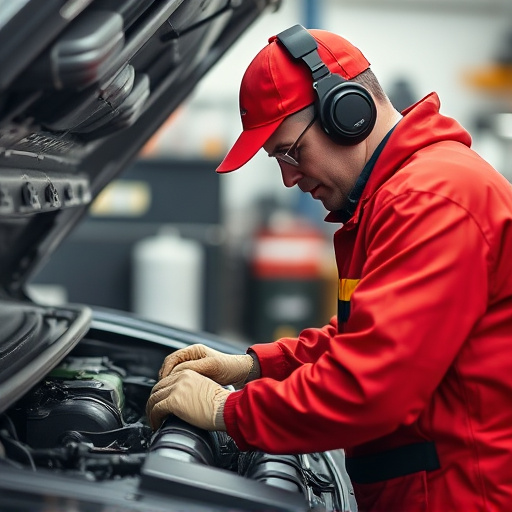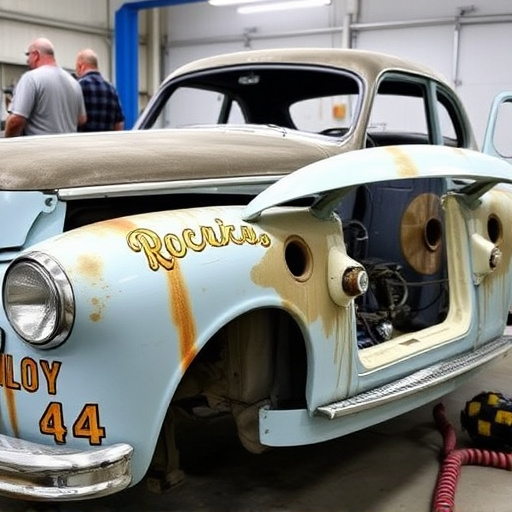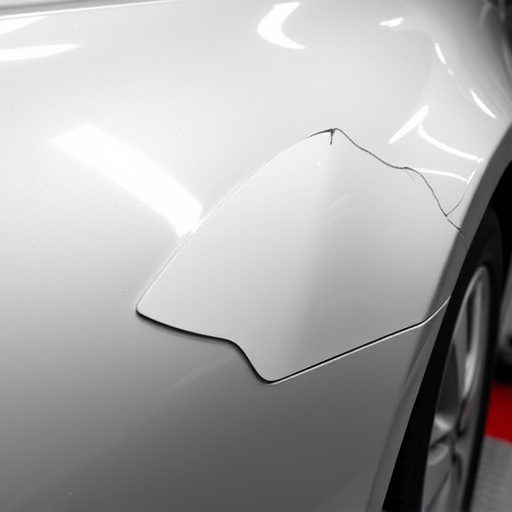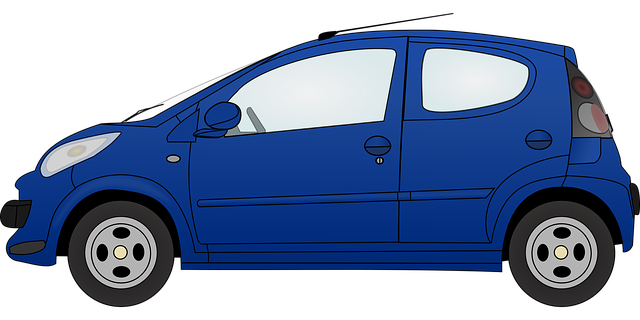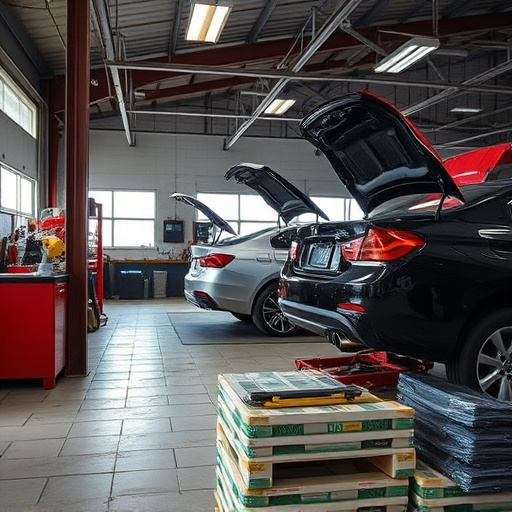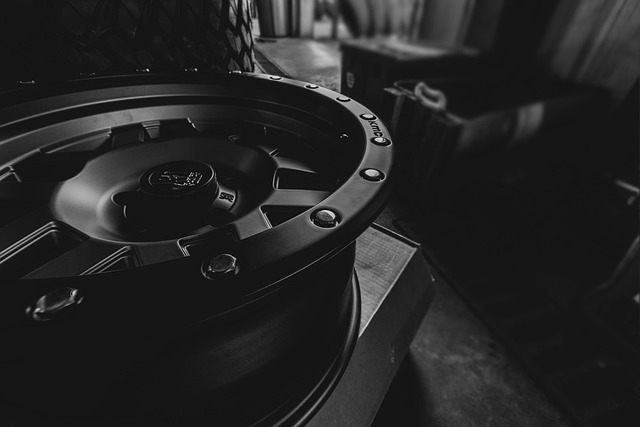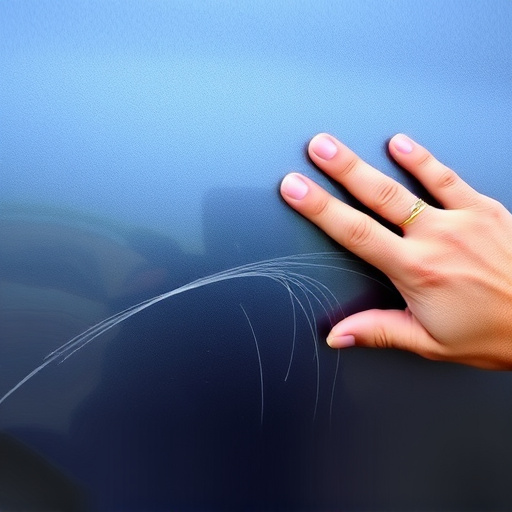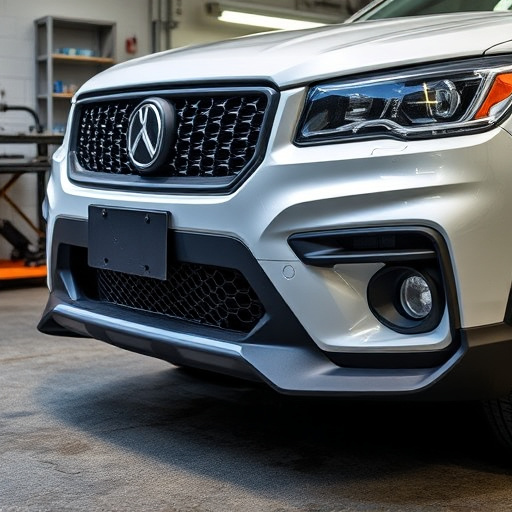Auto body shop parts are key to repair costs and vehicle performance. High-quality OEM parts ensure precision but are costly, while aftermarket and recycled options offer savings with trade-offs in quality and durability. Customers can manage costs by comparing prices, understanding part grades, assessing damage severity, and staying informed on vehicle trends and issues specific to their make and model.
Auto body shop parts play a crucial role in determining the total repair cost of your vehicle. From replacement panels to specialized equipment, understanding the basics and factors influencing part quality is essential for informed decision-making. This article navigates the complexities of auto body shop parts, offering strategies for customers to maximize their budget. By delving into these aspects, you’ll gain insights that could save you substantial costs in the long run.
- Understanding Auto Body Shop Parts: The Basics
- Factors Influencing Part Quality and Cost
- Maximizing Budget: Strategies for Customers
Understanding Auto Body Shop Parts: The Basics

Auto body shop parts form the fundamental building blocks for any automotive repair or restoration process. These include a wide range of components, from simple hardware like bolts and screws to complex systems such as engine parts, electrical systems, and even car body panels. Understanding the various types and quality levels of these parts is crucial when estimating the total repair cost. For instance, a straightforward auto glass replacement can significantly vary in price depending on whether you opt for original equipment manufacturer (OEM) parts or after-market alternatives. Similarly, car body restoration often involves specialized materials that can drive up costs, especially if they are designed to match the vehicle’s original specifications closely.
When considering automotive repair, it’s not just about finding affordable auto body shop parts; it’s also about ensuring their quality and compatibility with your vehicle. High-quality parts often come with warranties and are known to deliver better performance and longevity, potentially saving on future repairs. Conversely, using low-quality or incompatible parts can lead to premature failure of new components, adding unexpected expenses to the mix. Therefore, a balanced approach that takes into account both cost and durability is essential when selecting auto body shop parts for any repair or restoration project.
Factors Influencing Part Quality and Cost

The quality and cost of auto body shop parts play a significant role in determining the overall expense of a collision repair job. Several factors influence these aspects, with each impacting the final bill for car dent repairs or frame straightening services. One key factor is the source of the parts—whether they are original equipment manufacturer (OEM) parts, aftermarket parts, or recycled/reconditioned components. OEM parts, sourced directly from the vehicle manufacturer, tend to be more expensive but offer superior quality and compatibility, ensuring a precise fit during the repair process. Aftermarket parts, while generally cheaper, may not match the exact specifications of the original equipment, potentially leading to less than ideal outcomes in terms of aesthetics and long-term performance.
Additionally, brand new versus reconditioned or used parts can dramatically affect costs. Recycled parts from other vehicles that have been damaged but successfully repaired are often significantly more affordable, but they may also come with uncertainties regarding their structural integrity and durability over time. This variable is especially crucial in complex frame straightening procedures, where ensuring the structural soundness of every component is vital for safe driving. The collision repair shop’s reputation, parts suppliers’ reliability, and the availability of high-quality alternatives all contribute to shaping the overall cost of auto body shop parts and, consequently, the total repair bill.
Maximizing Budget: Strategies for Customers

When dealing with auto body shop parts, customers can significantly impact the total repair cost by employing strategic approaches to maximize their budget. One effective strategy is to compare prices across different suppliers and shops. Researching and negotiating for quality parts at competitive prices can lead to substantial savings. Additionally, being informed about the various grades of auto body parts, from original equipment manufacturer (OEM) to after-market options, empowers customers to make cost-effective choices without compromising on safety or durability.
Another key tactic involves considering the extent of damage and the complexity of the repair process. For instance, in a minor fender bender, simple fixes like car dent repair might not require expensive parts replacement. Customers can discuss these options with auto body shop technicians to avoid unnecessary expenses. Furthermore, keeping an eye on vehicle repair trends and staying updated on common issues specific to their make and model can help in preparing for potential repairs, thus enabling more informed decisions regarding parts procurement.
Auto body shop parts play a significant role in determining the total repair cost, with quality and source being key factors. Understanding these aspects empowers customers to make informed decisions, allowing them to maximize their budgets and ensure efficient repairs. By navigating the options available, from original equipment manufacturer (OEM) parts to aftermarket alternatives, individuals can find the best balance between cost and durability. This strategic approach ensures that auto body shop parts contribute positively to the overall repair process without compromising quality or affordability.

